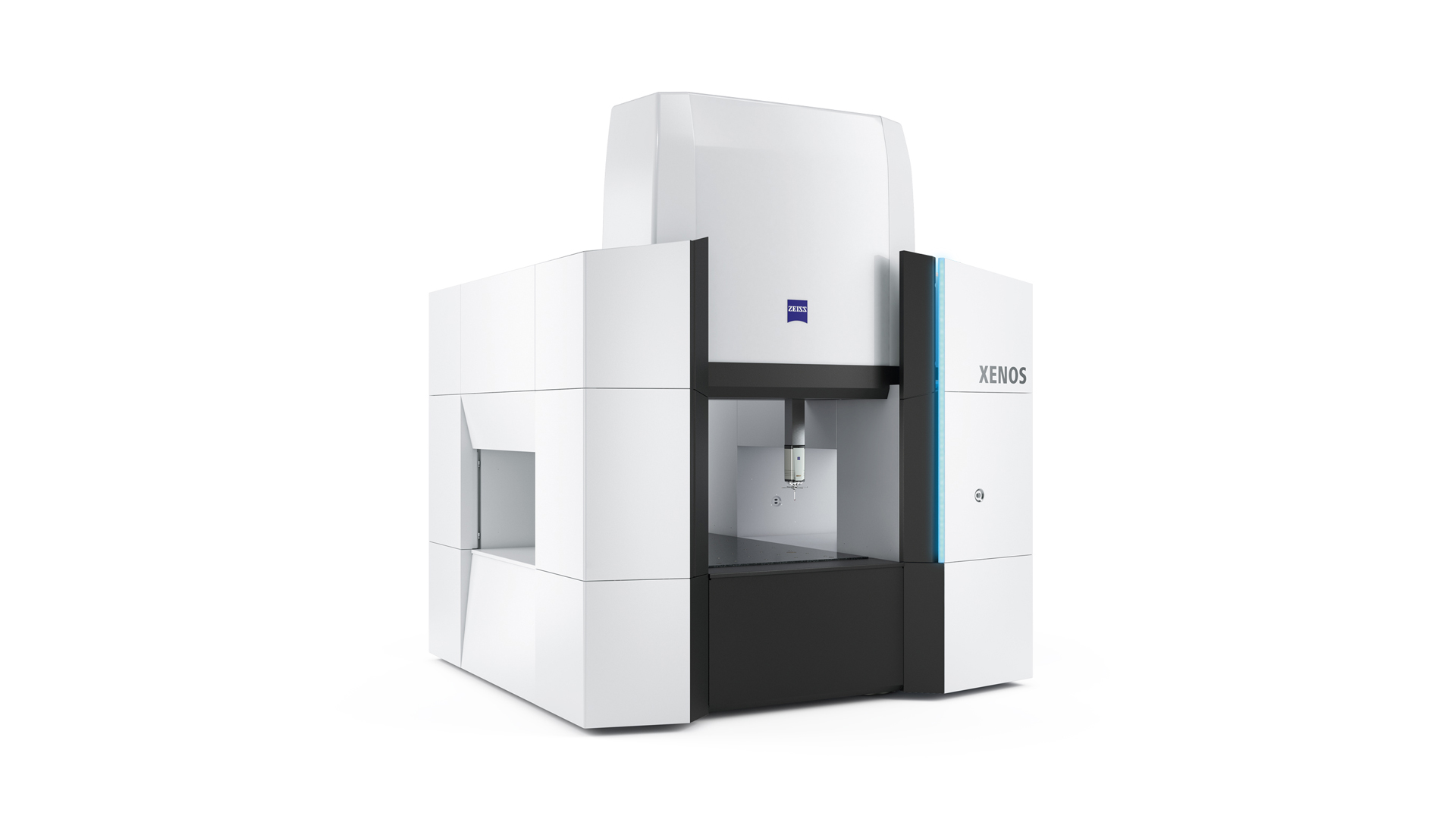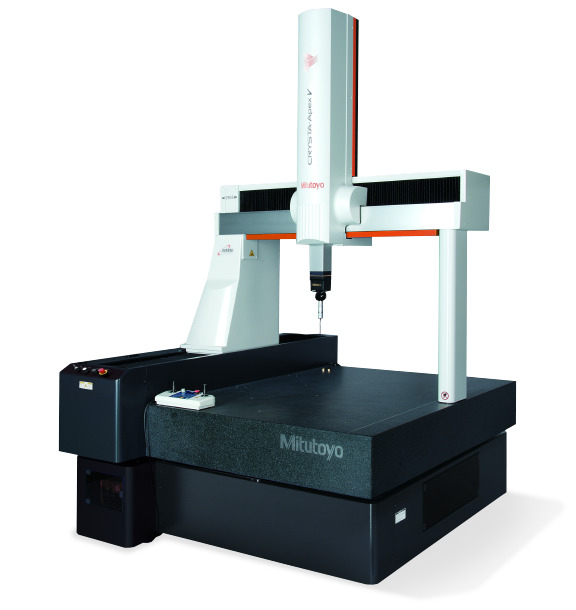

The accuracy of a CMM is directly linked to the quality of the products it measures. This section provides detailed explanations on various indicators related to the accuracy of CMMs, the causes of errors that may arise, and methods to maintain accuracy.
The measurement accuracy of a CMM is indicated by various metrics such as 'repeatability', 'linearity', 'overall accuracy', and 'indication accuracy'. Understanding these indicators is crucial for enhancing measurement accuracy. This section will explore these indicators in detail.
Repeatability refers to the consistency of measurement results when the same object is measured under identical conditions. Higher repeatability indicates that the measuring machine can provide stable and accurate data. This is particularly important in scenarios where precise measurements are required, such as in quality control or parts inspection.
Linearity shows the maximum error value across the entire measuring range of the device. It indicates the deviation between the ideal and actual measurement values, with a smaller value suggesting higher performance. A measuring machine with high linearity provides reliable data across a wide measurement range.
Overall accuracy is an indicator of the total error value of the measuring machine. It includes not only the inherent errors of the equipment but also the influences of external factors such as environment and operating methods. A CMM with high overall accuracy can provide accurate measurements even in complex, real-world conditions.
Indication accuracy refers to the maximum error value compared to the actual measurement values within the range of the measuring machine. This metric indicates how closely the CMM measuring results match the actual values, serving as a critical standard in precision product inspections and quality control in manufacturing.
While CMMs are known for their high accuracy, they can still produce errors. Small inaccuracies being left unchecked, can lead to malfunction or operational failure. Here, we will explore the causes of errors in CMMs and the corresponding solutions.
One cause of measurement errors in CMMs is influence of oil mist, dust, and other environmental factors. A crucial measure to combat this is to prevent the intrusion of such elements. Analyze the risk factors in the work environment in advance and plan accordingly to mitigate them.
On-site temperature fluctuations can also lead to measurement errors in CMMs. To prevent errors caused by temperature changes, ensure thorough temperature control of the environment. Additionally, acclimating the measuring machine and the products being measured to the measuring environment can enhance the accuracy of the CMM. Generally, it is recommended to acclimatize measuring tools like vernier calipers and micrometers for over two hours at 20°C. The same principle applies to CMMs.
Accumulation of dirt and wear on the probe can also cause measurement errors in CMMs. Regularly inspect the probe and replace it if significant wear is observed.
The condition of the measuring machine itself can be a factor in generating measurement errors. Consistent machine condition maintenance through regular servicing is necessary.
Over time, as a machine is used, components can degrade or malfunction. Calibration, which checks whether the machine is measuring correctly, helps determine if repairs or adjustments are needed. Manufacturers of measuring equipment often recommend an annual calibration check.

Source: KEYENCE Website(https://www.keyence.com/products/measure-sys/cmm/xm/index_pr.jsp)
This CMM has a caliper-like feel, enabling even beginners to perform high-precision measurements. It can be carried without the need for temperature control, allowing for immediate measurements at any desired location and time. As it doesn't require a large installation space, it's a CMM with a low entry barrier.

Source: Carl Zeiss Website(https://www.zeiss.com/metrology/products/systems/cmm.html)
Utilizing linear drive on all axes, this CMM boasts high precision with a maximum permissible length measurement error of 0.3+L/1000μm, repeatability of ±0.2μm, and resolution of 0.001μm. The reduced occurrence of errors allows for a decrease in the need for remeasurement.

Source: Mitutoyo Website(https://www.mitutoyo.com/products/coordinate-measuring-machines/)
A CNC CMM that was first developed in 1976.
It features applications that respond to the demand for "Smart Factories" by allowing monitoring of operational status and maintenance management of the machine through the network.
Reasons for Selection